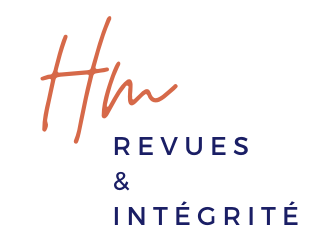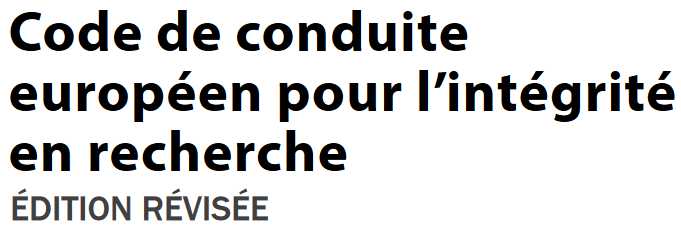Lettre de deux pages dans le JAMA Internal Medicine (30 mars 2023) reprenant une communication du 9ème congrès du peer-review, intitulée : Comparison of Availability of Trial Results in ClinicalTrials.gov and PubMed by Data Source and Funder Type.
Gaspillage en recherche ?
Les auteurs ont identifié 9102 eligible trials, the majority involved drug, biologic, or genetic interventions (53.7%), an enrollment of 50 or fewer participants (55.5%), and multiple groups (73.2%). The distribution by key funder type was 714 (7.8%) by the NIH, 284 (3.1%) by a non-NIH federal agency, 4477 (49.2 %) by 
N’ont été inclus que des essais ayant une base américaine. Ils ont recherché les résultats d’un échantillon de 400 essais à partir de deux sources : ClinicalTrials.gov et PubMed. La recherche d’août 2021 a été faite pour des essais terminés 3 ans auparavant. Un tableau apporte tous les résultats résumés ainsi : Results were identified for 245 of 400 trials (61.3%): 60 (24.5%) on ClinicalTrials.gov only, 128 (52.2%) on PubMed only, and 57 (23.3%) on both. Ces observations confirment ce qui est connu, à savoir que les résultats d’un grand nombre d’essais ne sont jamais disponibles : ici 38,7 %. Qu’en est-il en France ?
Il y a pas mal de données dont celle-ci (image ci-dessus) : Non-NIH federal agency–funded trials had the highest overall proportion with results available (71/100 trials), while industry-funded trials had the lowest (50/100).




